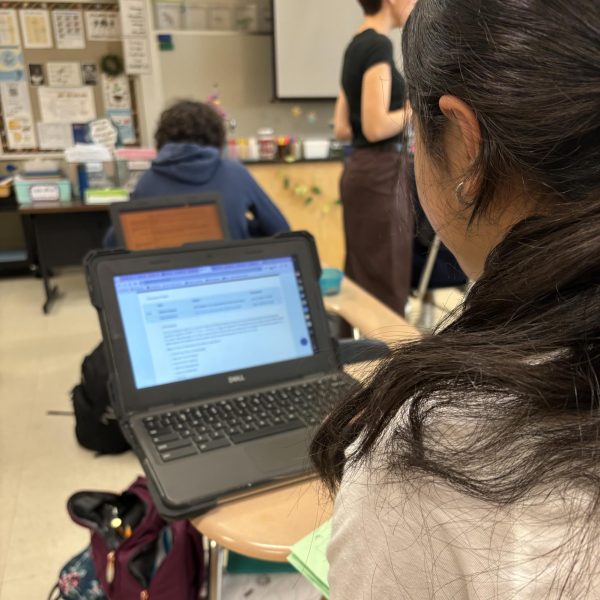Statistically Speaking: Students, staff discuss data club, growing interest in statistics
Jared Stigter, Data Club founder, president and junior, reviews N-Grams, Neural Networks and Clustering Algorithms during a club meeting. His club focuses on using computational methods of data analysis, such as machine learning.
Scottish poet Andrew Lang said an unsophisticated forecaster uses statistics as a drunken man uses lamp posts— for support rather than for illumination.
“A lot of people, they collect the data, then they ask, ‘What do I do with it?’ Part of what I want the students to realize is before you collect the data you have to think about what you would do with it,” statistics department chair Matt Wernke said. “It’s like asking the coroner to tell what you can do so you don’t die. Well, it’s too late at that point. You’ve already died.”
Wernke said he has seen an increase in class size and interest in statistics over the last three years, which is helping to expose students to statistics at a younger age. He said this helps to prepare students for data collection in the future.
“What we do in AP Statistics is something that most people 20 years ago never would have seen until college, and some of the ideas aren’t even things people are exposed to until they go to grad school,” Wernke said.
Jared Stigter, Data Club president and junior, said he has also noticed this increase in interest of statistics. He said, “One of the big factors in (the increase) would be computing. Computing has really brought statistics to the forefront. I have a background in computer science for instance, and that’s how I got introduced to statistics.”
“I think through that and other means, (statistics is) accessible to people now, so people are definitely more interested, and it’s more prevalent than before.”
Junior Parker Lawrence agreed that the attachment to computer science created a surge in popularity for statistics. Lawrence did a Technology, Entertainment and Design (TED) Talk about the applications of machine learning, a subfield of computer science to build systems that can learn from data. Although machine learning and statistics are separate fields, they share a common goal: learning from data.
Lawrence said, “Almost every single student I’ve talked to who’s in independent study is doing some kind of statistics or machine learning for either their first or second semester, so there’s definitely a lot of interest in the area.”
This growing interest led to Statistics Day, which occurred on March 19. Wernke said, “The goal (was) to expose students to how you can use statistics to answer questions in varying fields.”
There were five guest speakers from a variety of professions, all involving some form of statistics. Wernke said, “(Statistics) doesn’t just have to be science and math and engineering and technology. It can be something more in the social sciences. It can be in sports.”
To show this, the statistics department invited Jeremy Hochstedler, chief executive officer (CEO) and founder of Telemetry Sports. Hochstedler explained how his company uses statistics to convey patterns in a player’s behavior, which helps coaches decide the plays that would be most effective against that player.
Stigter said, “Statistics Day provides a more interactive way to explore data, and, at least with my club, I’ve experienced a growth in interest as we continue on.”
According to Stigter, the next data club meeting is April 9, and there will be a guest speaker: Rasitha Jayasekare, assistant professor of mathematics and actuarial science in the department of mathematics, statistics, and actuarial science at Butler University.
Overall, Stigter said learning statistics is rewarding. He said, “It’s definitely a worthwhile experience because you generate data, and being able to analyze your data and other people’s data, it really reveals the world around you, in an analytical sense.”

Your donation will support the student journalists of Carmel High School - IN. Your contribution will allow us to purchase equipment and cover our annual website hosting costs.
















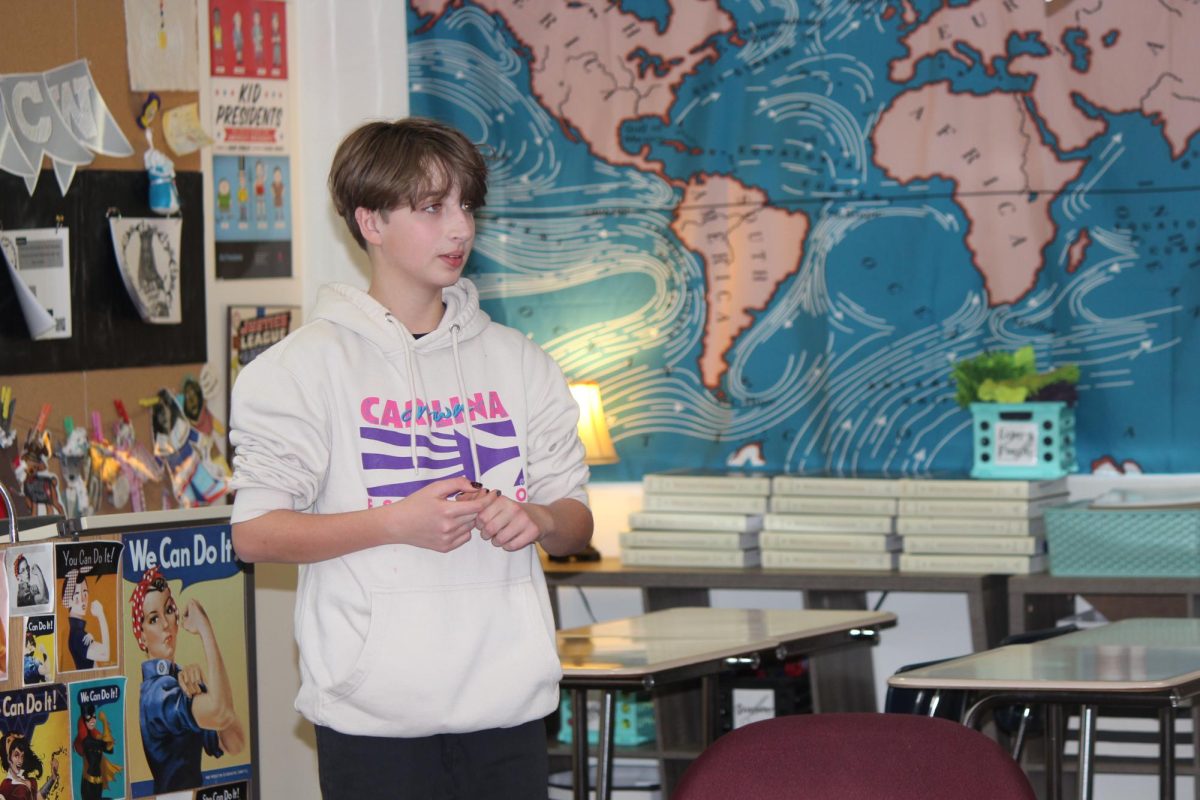













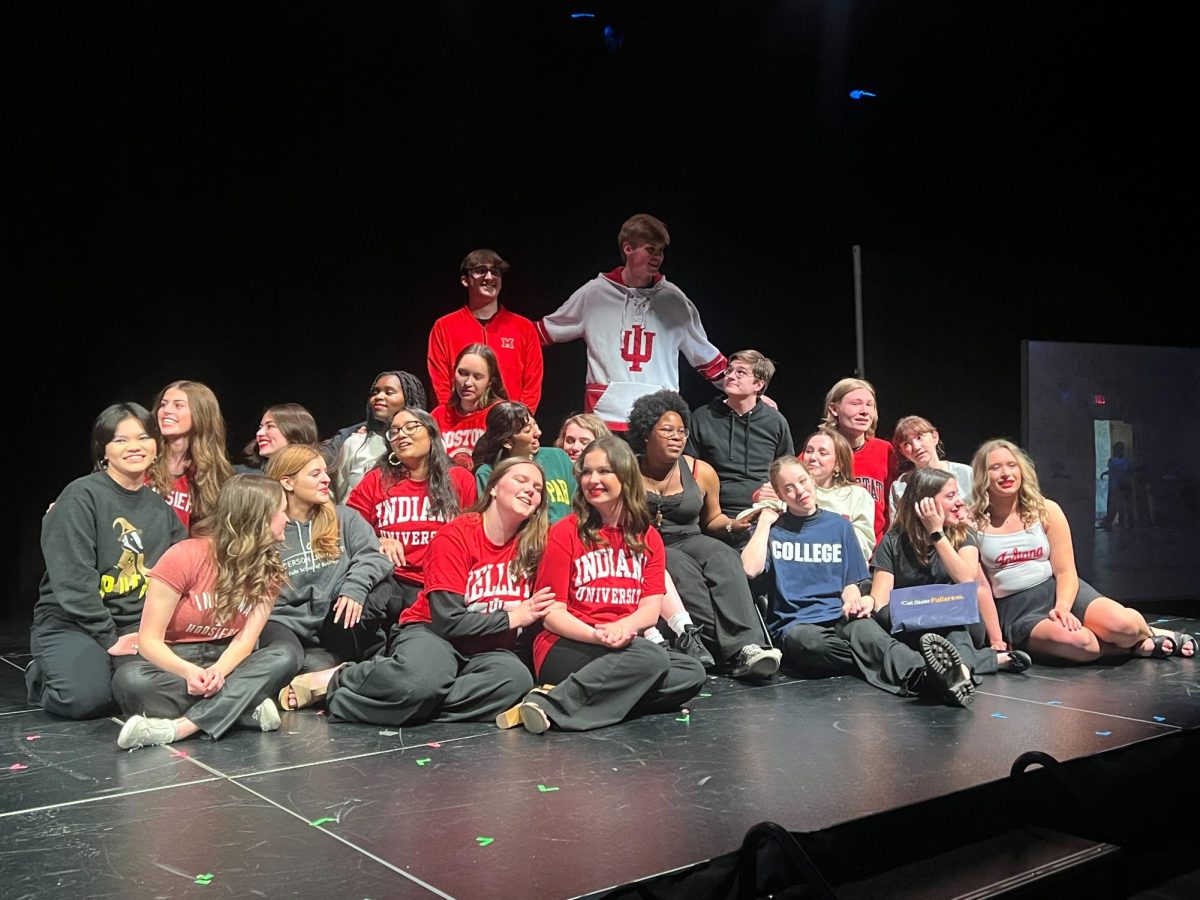






















![Review: “Suits” is a perfect blend of legal drama and humor [MUSE]](https://hilite.org/wp-content/uploads/2024/04/unnamed-1.png)
![Chelsea Meng on her Instagram-run bracelet shop [Biz Buzz]](https://hilite.org/wp-content/uploads/2024/04/IMG_2446-1200x838.jpg)
![Review: Quiet on Set: The Dark Side of Kids TV is the long awaited exposé of pedophilia within the children’s entertainment industry [MUSE]](https://hilite.org/wp-content/uploads/2024/04/unnamed.jpg)
![Review: “The Iron Claw” cannot get enough praise [MUSE]](https://hilite.org/wp-content/uploads/2024/04/unnamed.png)
![Review: “The Bear” sets an unbelievably high bar for future comedy shows [MUSE]](https://hilite.org/wp-content/uploads/2024/03/unnamed.png)
![Review in Print: Maripaz Villar brings a delightfully unique style to the world of WEBTOON [MUSE]](https://hilite.org/wp-content/uploads/2023/12/maripazcover-1200x960.jpg)
![Review: “The Sword of Kaigen” is a masterpiece [MUSE]](https://hilite.org/wp-content/uploads/2023/11/Screenshot-2023-11-26-201051.png)
![Review: Gateron Oil Kings, great linear switches, okay price [MUSE]](https://hilite.org/wp-content/uploads/2023/11/Screenshot-2023-11-26-200553.png)
![Review: “A Haunting in Venice” is a significant improvement from other Agatha Christie adaptations [MUSE]](https://hilite.org/wp-content/uploads/2023/11/e7ee2938a6d422669771bce6d8088521.jpg)
![Review: A Thanksgiving story from elementary school, still just as interesting [MUSE]](https://hilite.org/wp-content/uploads/2023/11/Screenshot-2023-11-26-195514-987x1200.png)
![Review: When I Fly Towards You, cute, uplifting youth drama [MUSE]](https://hilite.org/wp-content/uploads/2023/09/When-I-Fly-Towards-You-Chinese-drama.png)
![Postcards from Muse: Hawaii Travel Diary [MUSE]](https://hilite.org/wp-content/uploads/2023/09/My-project-1-1200x1200.jpg)
![Review: Ladybug & Cat Noir: The Movie, departure from original show [MUSE]](https://hilite.org/wp-content/uploads/2023/09/Ladybug__Cat_Noir_-_The_Movie_poster.jpg)
![Review in Print: Hidden Love is the cute, uplifting drama everyone needs [MUSE]](https://hilite.org/wp-content/uploads/2023/09/hiddenlovecover-e1693597208225-1030x1200.png)
![Review in Print: Heartstopper is the heartwarming queer romance we all need [MUSE]](https://hilite.org/wp-content/uploads/2023/08/museheartstoppercover-1200x654.png)























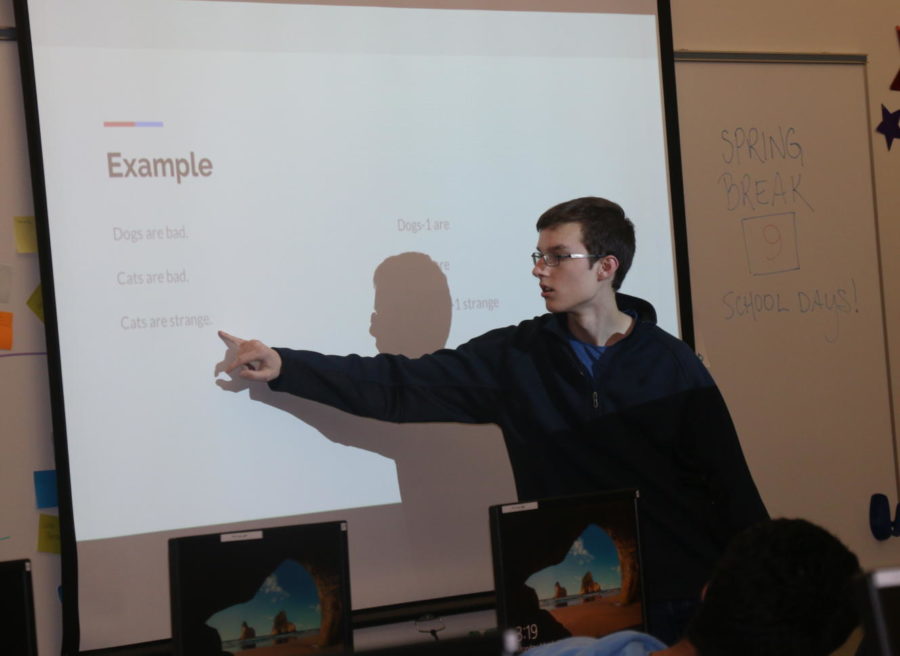

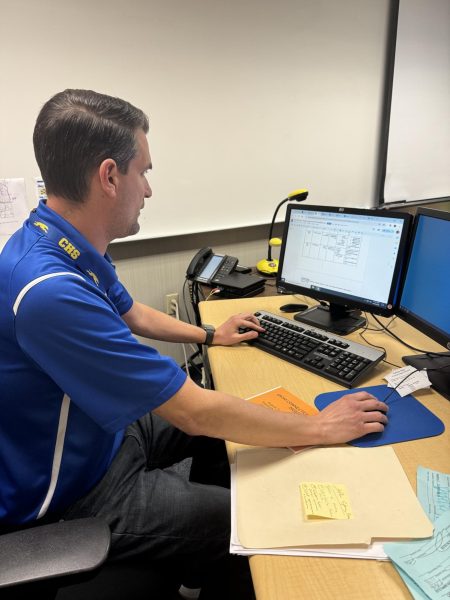
![Seniors Jillian Rang and Athul Ramkumar practice their presentation at the DECA state competition on March 5, 2024. Arya Patel, DECA paper head and junior, said, As they [students] begin to make their final preparations, its important to remember that making it to this point is an incredible achievement.](https://hilite.org/wp-content/uploads/2024/04/IMG_8285-600x400.jpg)
